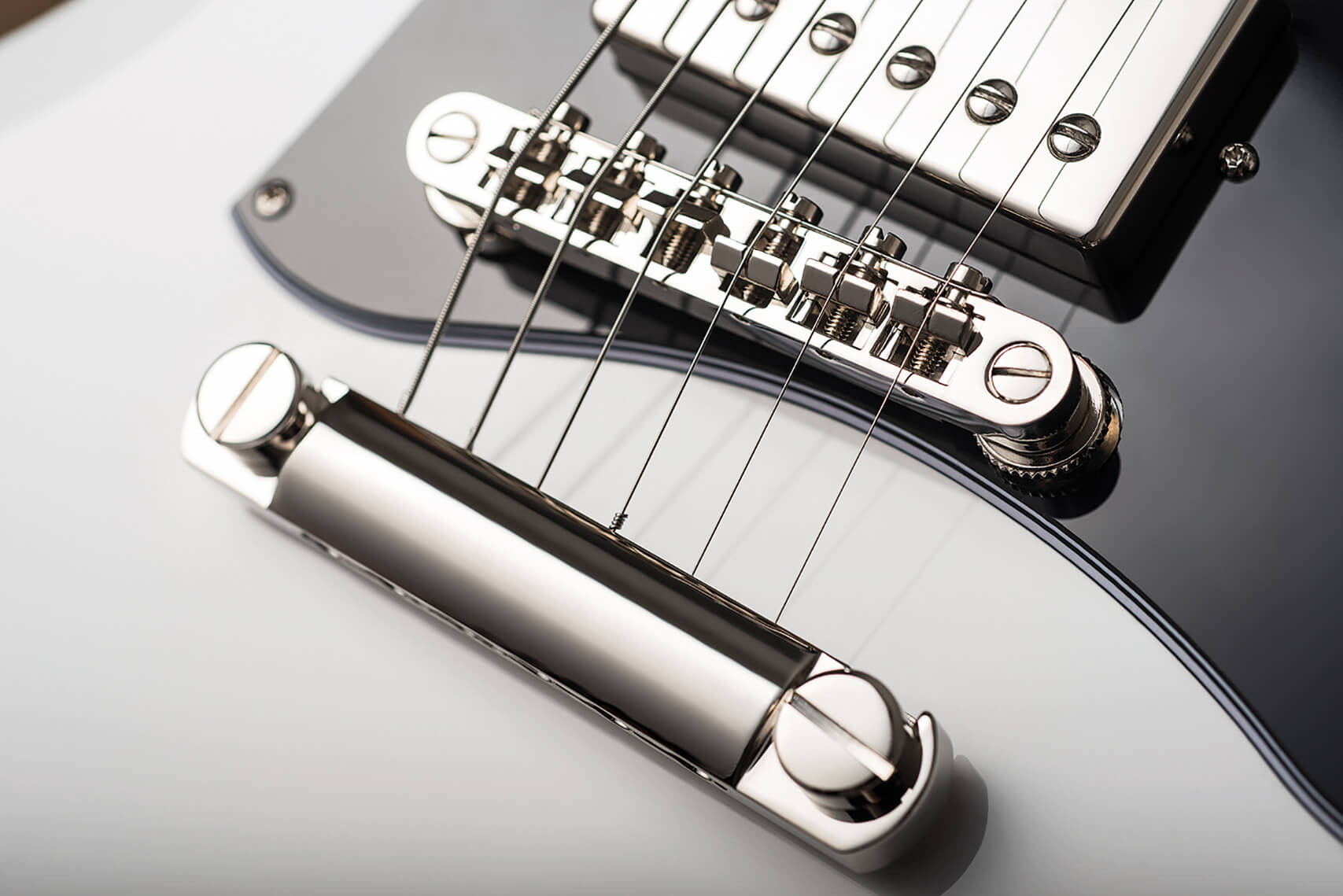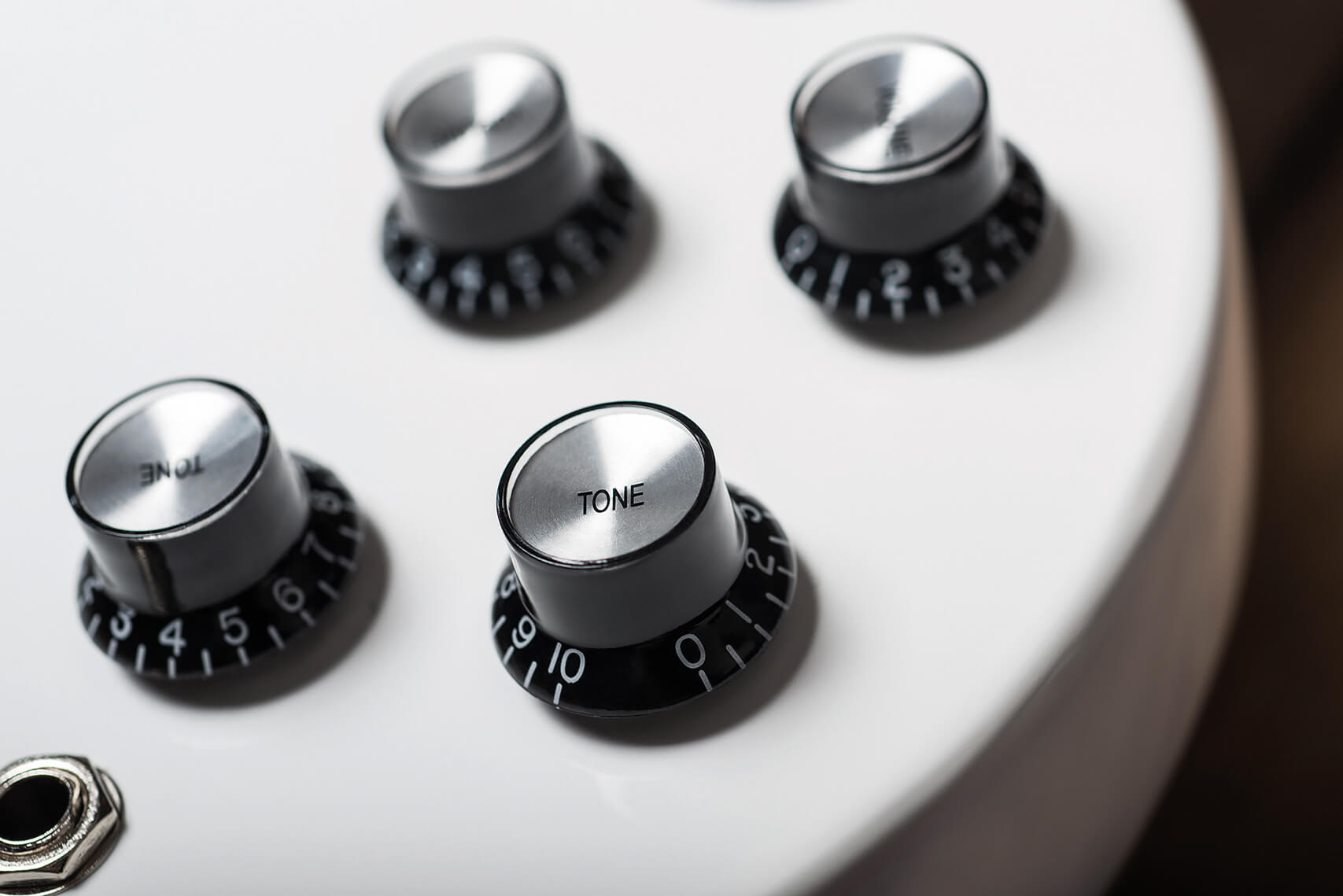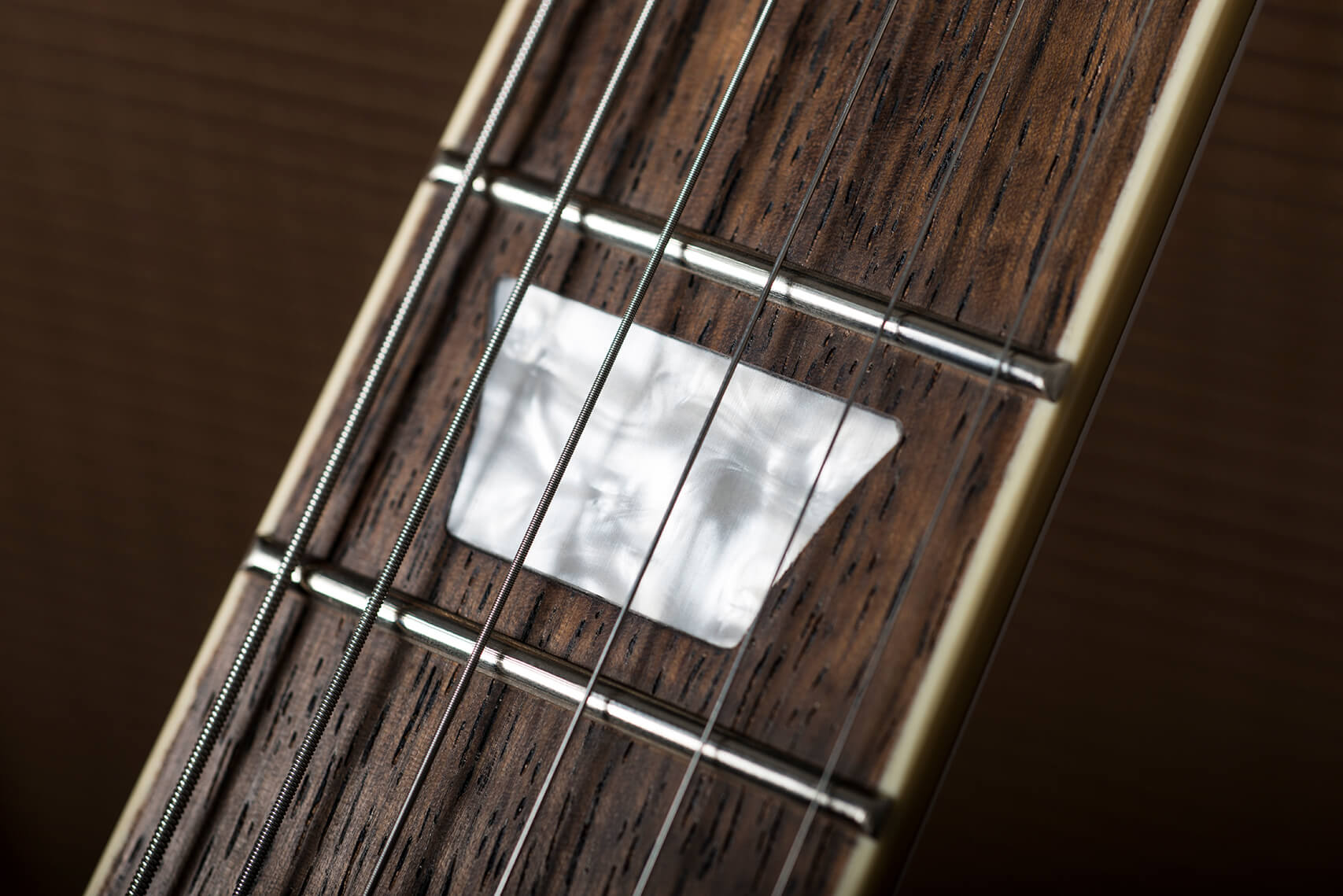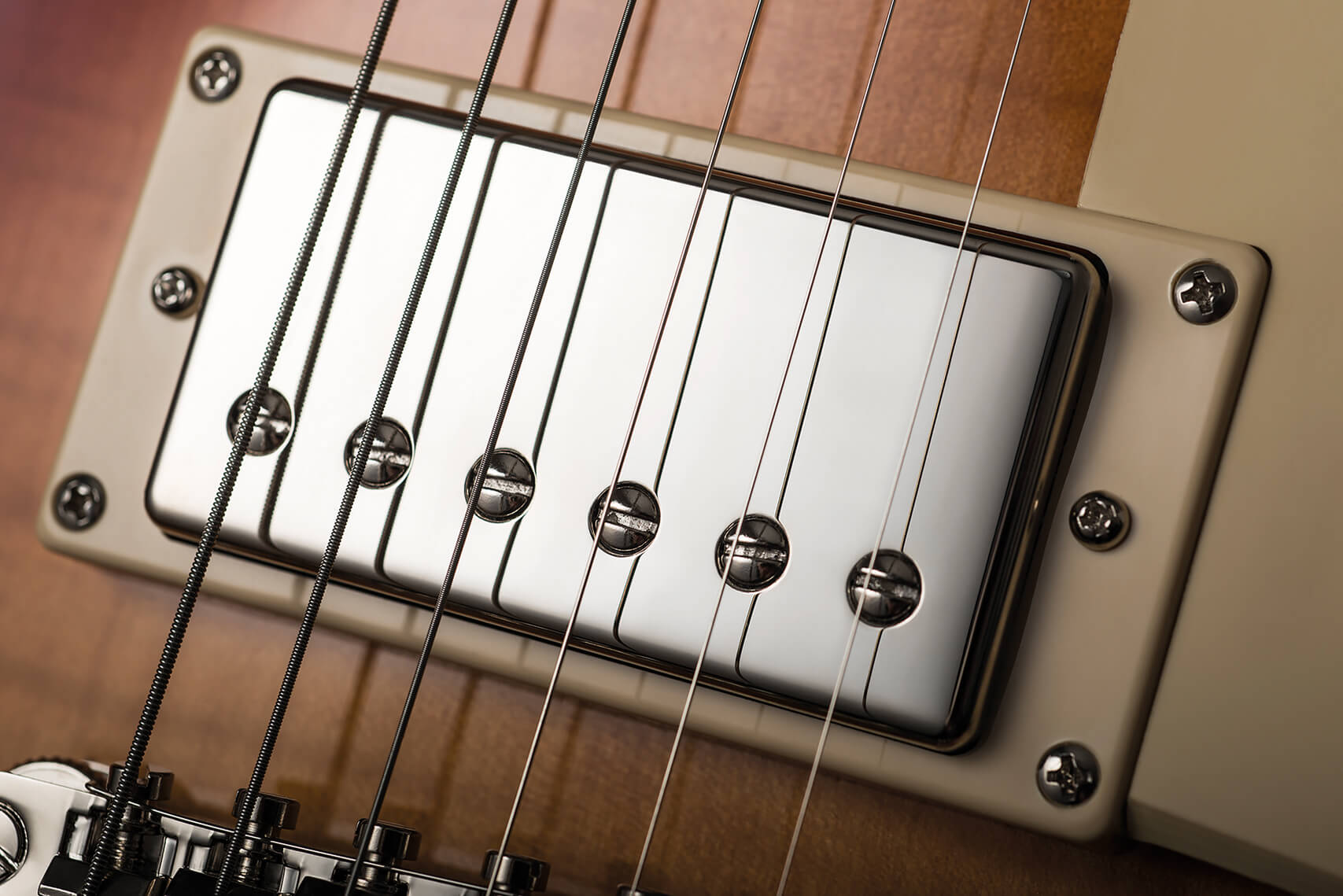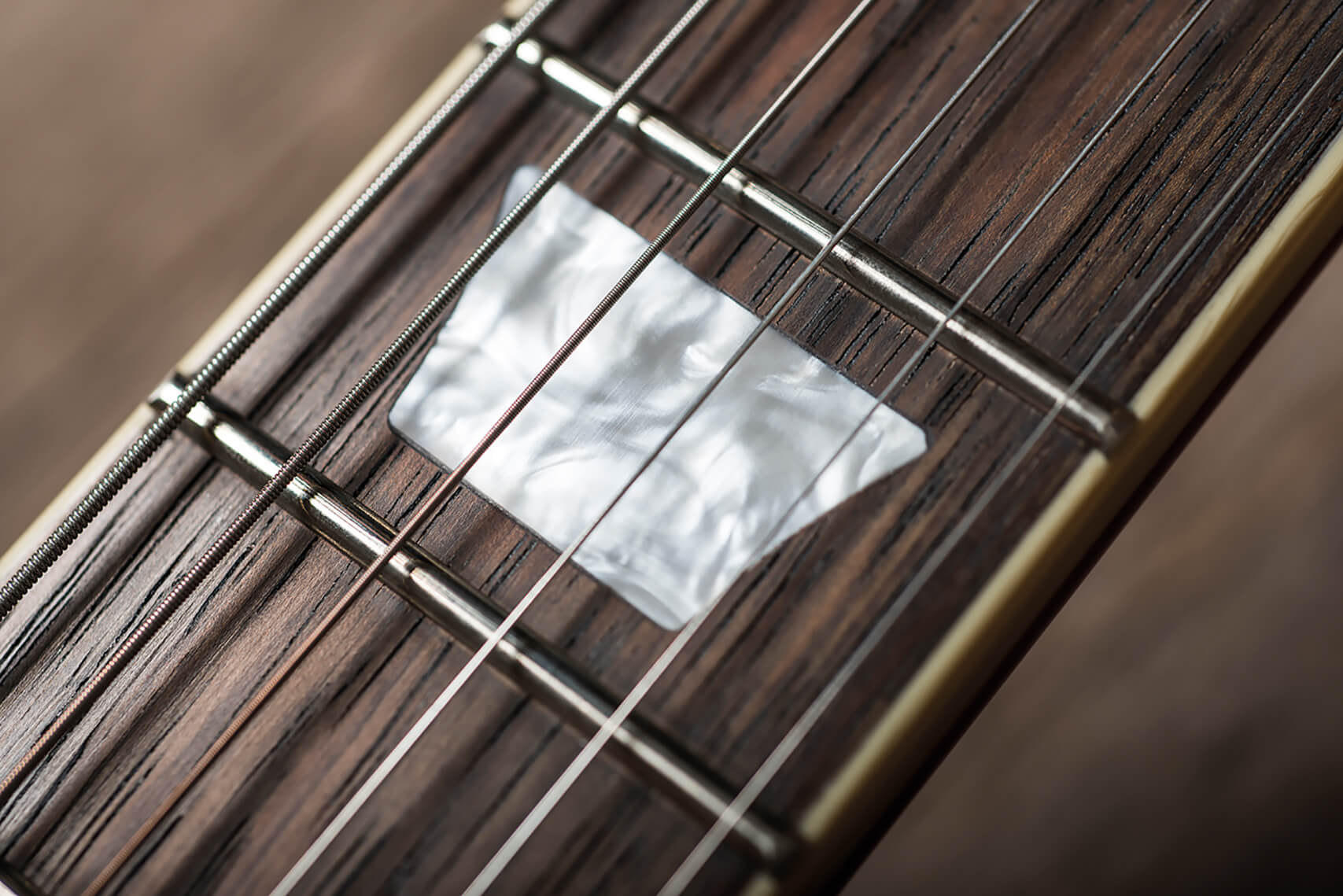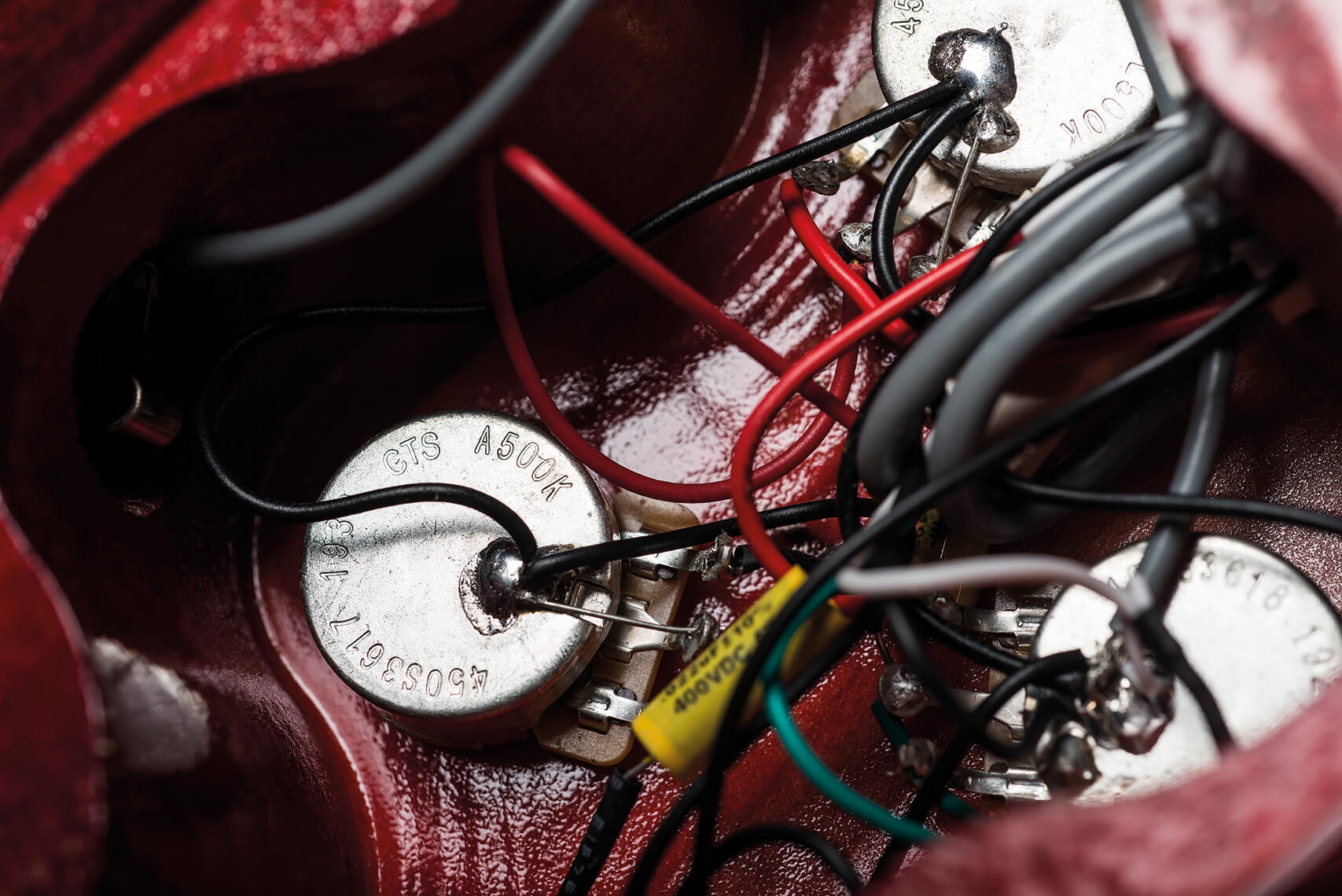Related Tags
The Big Review: Epiphone Inspired By Gibson Les Paul Special, Les Paul Standard 50s & SG Standard
Are the upgraded Les Paul and SG models from Epiphone’s new Inspired By Gibson line the best affordable electrics the brand has ever produced?
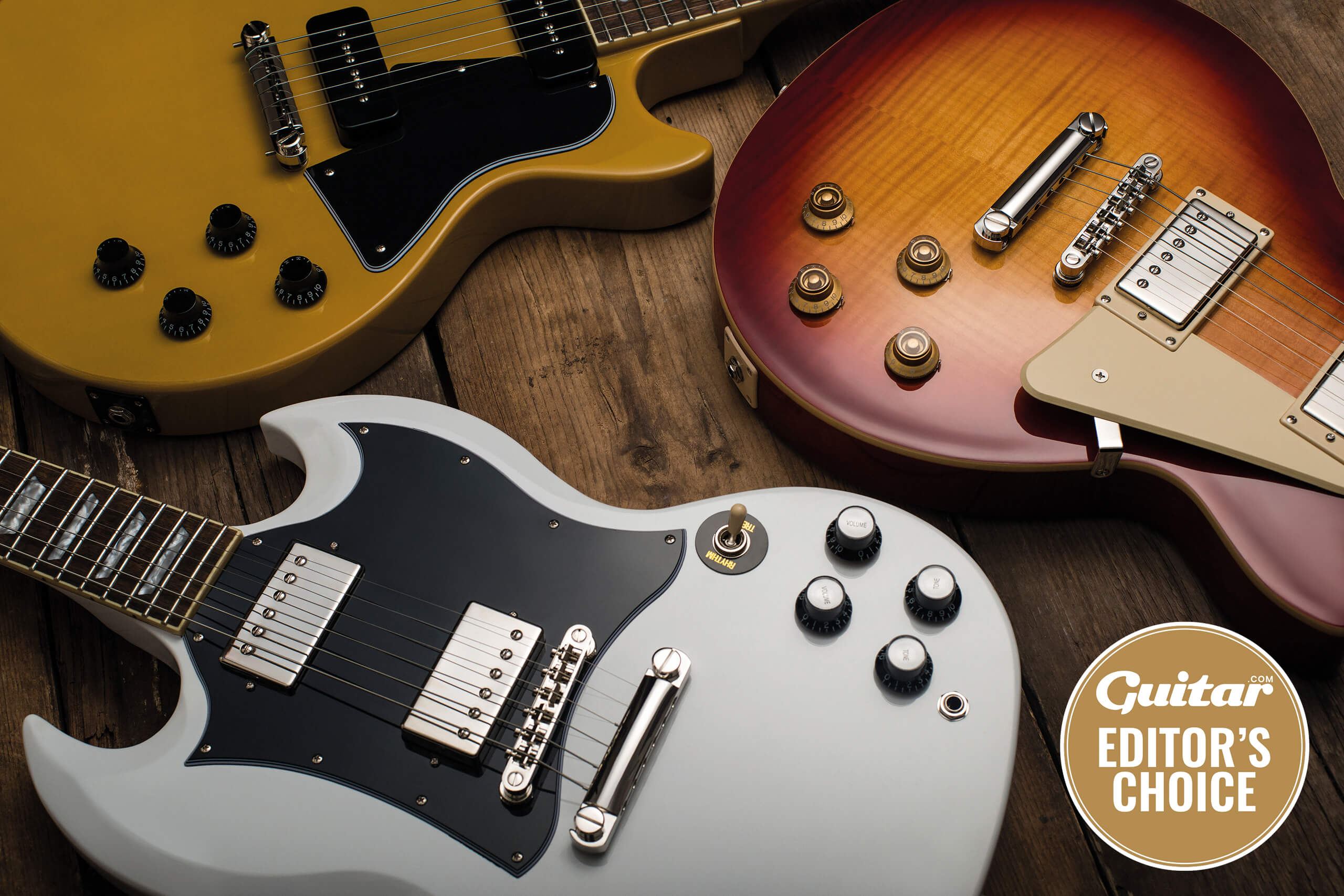
All images: Press
Gibson’s new management demonstrated its willingness to listen and respond to customers last year when the core lineup was updated and split into Original and Modern collections. Epiphone was next in line for a refresh and Winter NAMM 2020 saw the public debut of a range of new Inspired By Gibson models.
The strategy is pretty clear; Epiphone guitars in the Original Collection will be closer to their forebears than ever before, with vintage-style features and finishes, upgraded electronics with hand-wired CTS potentiometers and in addition, Les Pauls and SGs will benefit from a headstock design Gibson is calling the ‘Kalamazoo’.
For several decades, most Epiphone solidbodies have featured a headstock with the top corners of the ‘open-book’ outline missing, and many players have requested a design closer to the classic Gibson look. Such has been the demand, a whole subculture dedicated to Epiphone headstock conversions can be found online.
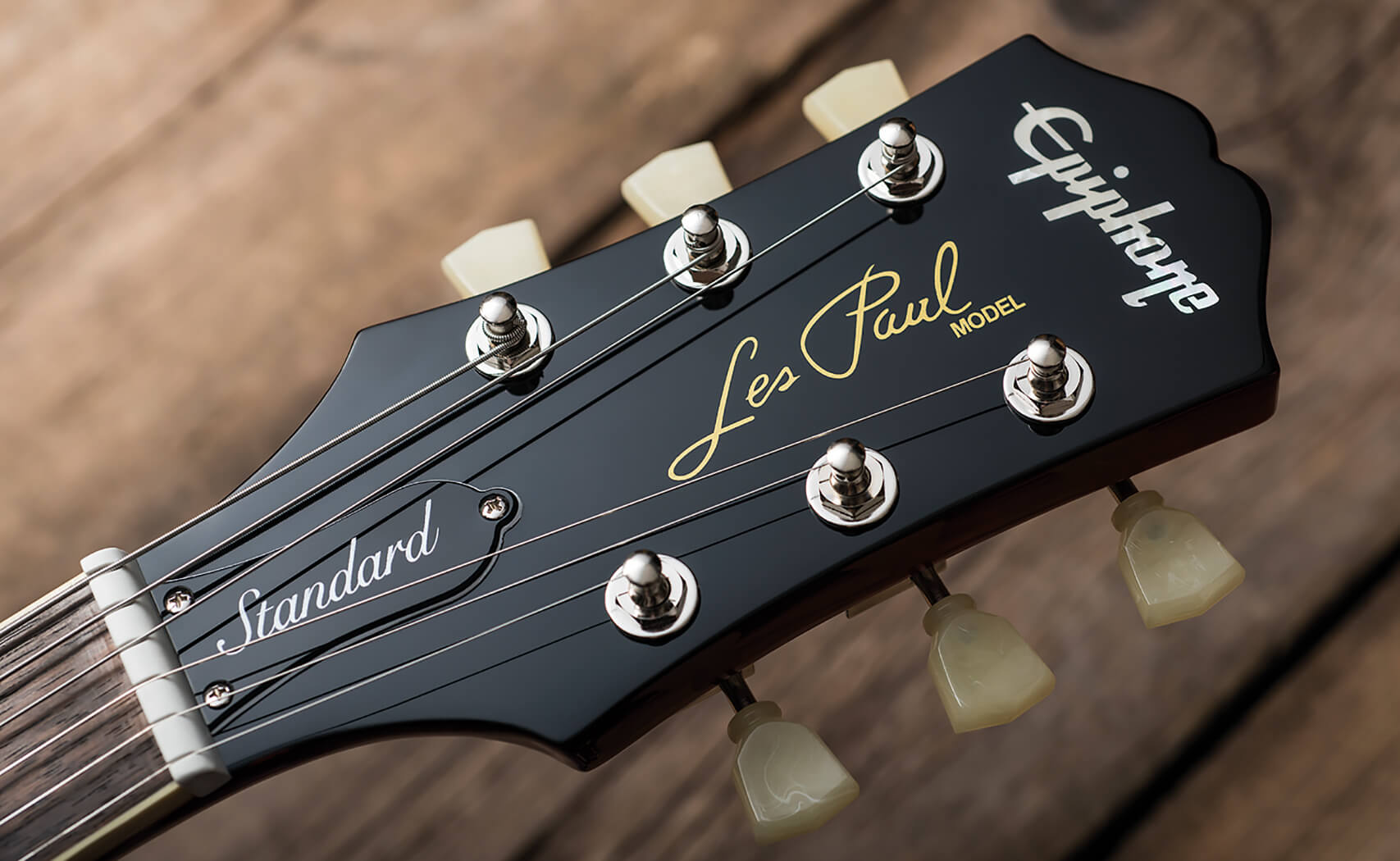
That said, the switch for 2020 isn’t such a radical move; Epiphones had open-book headstocks long before Gibson acquired the company and in recent years, they’ve continued to be a feature of original Epiphone designs such as the Wildkat. So although the Kalamazoo headstock more closely resembles the classic Gibson outline, it’s actually a historic Epiphone design. Either way, most people – us included – seem to think it’s a massive improvement.
Other common features on our Original Collection review guitars include Graph Tech nuts, nickel-plated hardware, vintage-style Epiphone Deluxe tuners with an 18:1 ratio and Indian laurel fretboards with a 12-inch radius. Time to take a deeper dive…
Les Paul Special
You might not expect a modern budget version of a 1950s student model to have much of a ‘wow’ factor, but this £349 guitar has it in spades. The colour looks wonderful and with its grain-obscuring opaqueness and hint of olive green, the vibe is very much mid- rather than late-50s.
“There’s nothing more you could want from a TV Special”
Vintage plastics obsessives will be pleased to note that the five-ply pickguard is equally impressive, with the upper layer of white thinner than the lower layer. We have an original Gibson guard on hand to compare and Epiphone’s attention to detail is admirable. The knobs and P-90 Pro pickup covers are similarly vintage in style and although we’re less enamoured with the truss-rod cover and textured rear cover plates, these are very minor details.
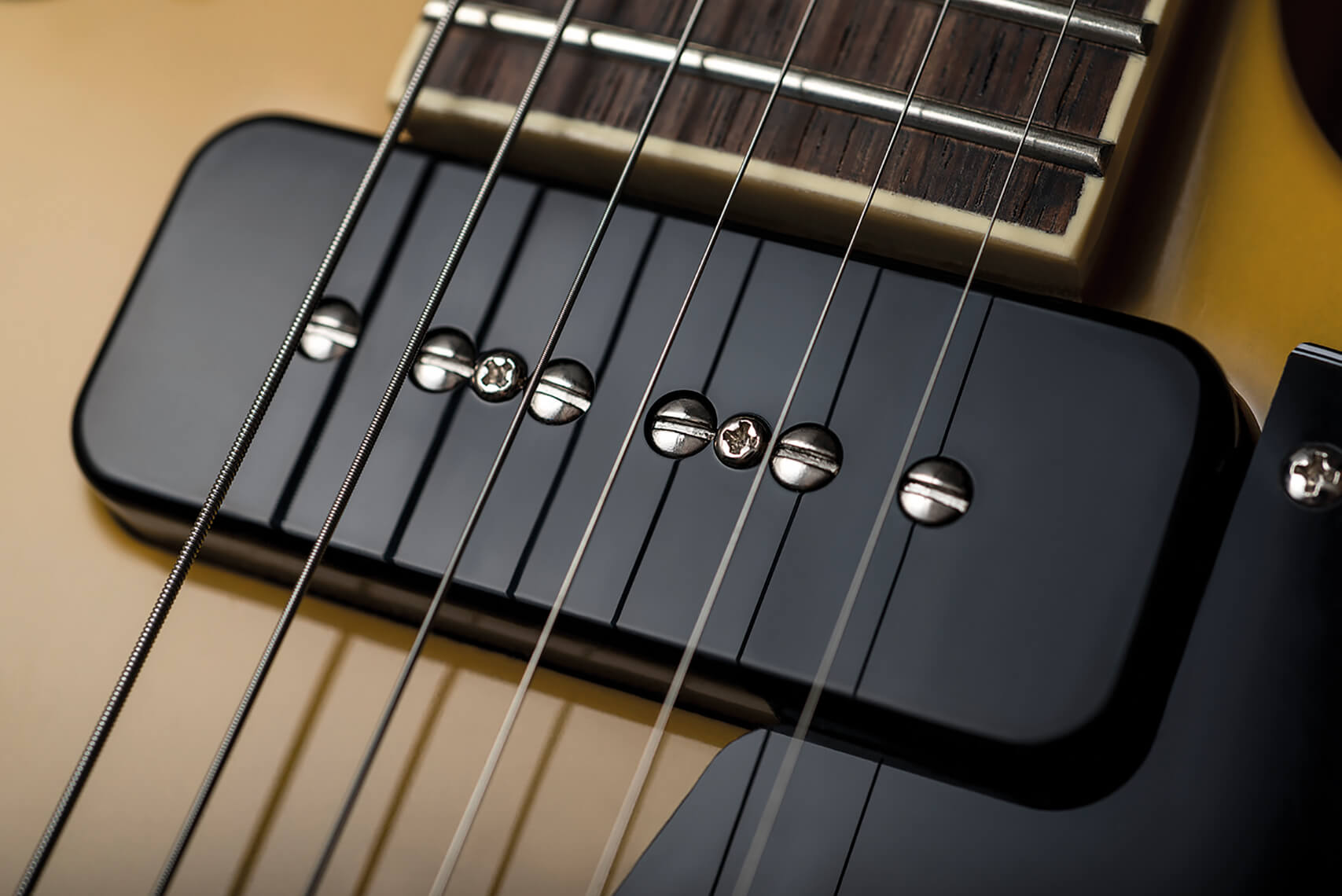
Where it really counts, the specs are spot on. The Special has a non-weight relieved mahogany body and a mahogany neck, and the neck profile is fat. As you might expect given the huge gulf in price, it lacks some of the subtlety and finesse of an authentic 1950s instrument, but it feels pretty great nonetheless.
The Lightning Bar wrapover bridge may not be a 1950s feature but many will welcome it. Gibson actually introduced this style of bridge in the early 1960s, but with one schoolboy error. For some reason Gibson’s new wrapover featured intonation compensation for wound G strings, which was arguably worse than having no compensation at all – by that time most of the world had moved onto a plain G.
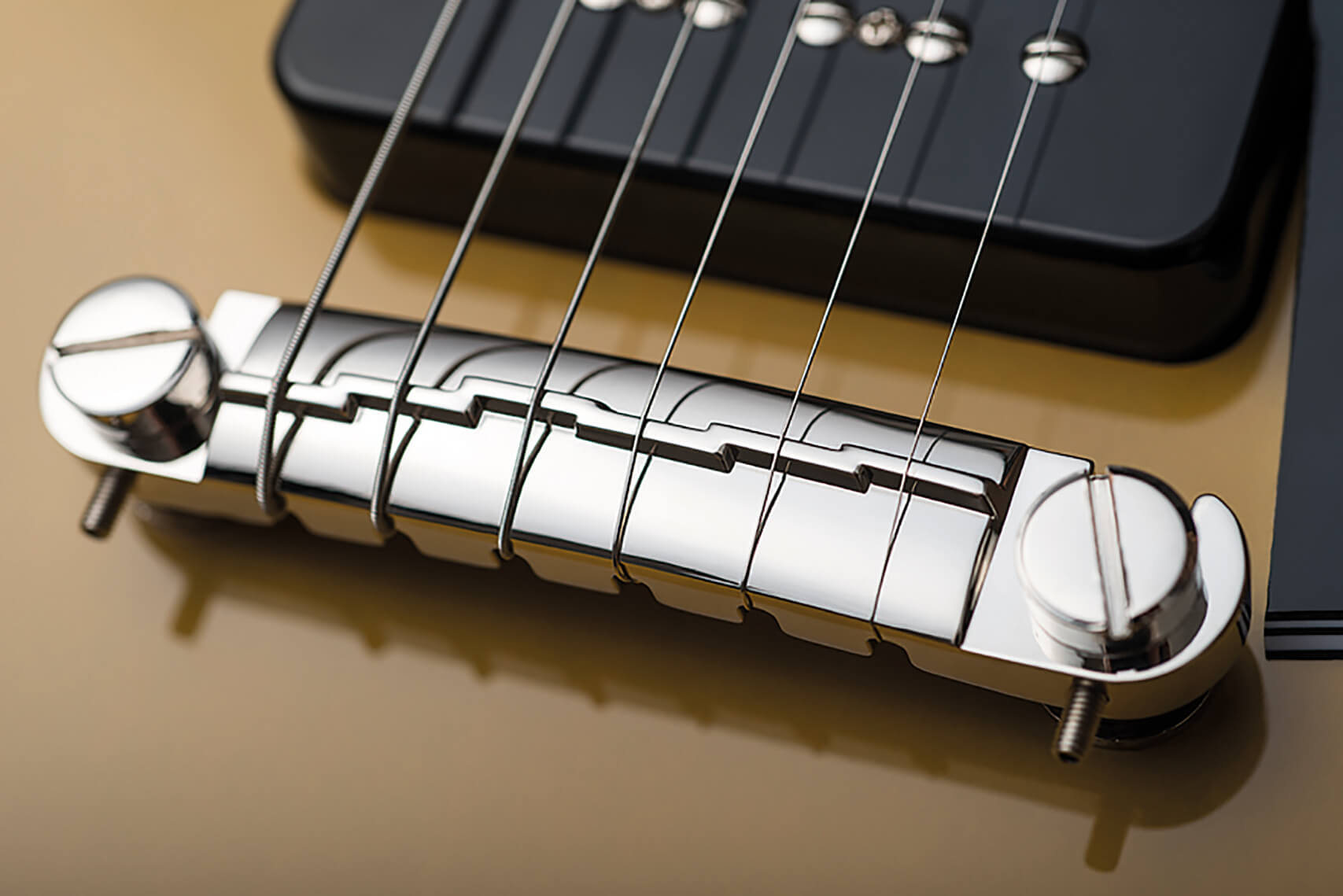
Here that error is rectified and the use of a compensated bridge has prompted this model’s designers to install the bushings equidistant from the bridge pickup. Consequently, unlike on vintage LP Specials, the bridge sits parallel to the pickup.
The intonation needs fine adjustment and the treble side has to be jacked backwards using the integral grub screw – the outcome is pretty accurate, but gives a slightly odd look because the bridge ends up angled with the treble side slightly further away from the bridge pickup than the bass side. That said, guitars are quirky devices and results may vary.
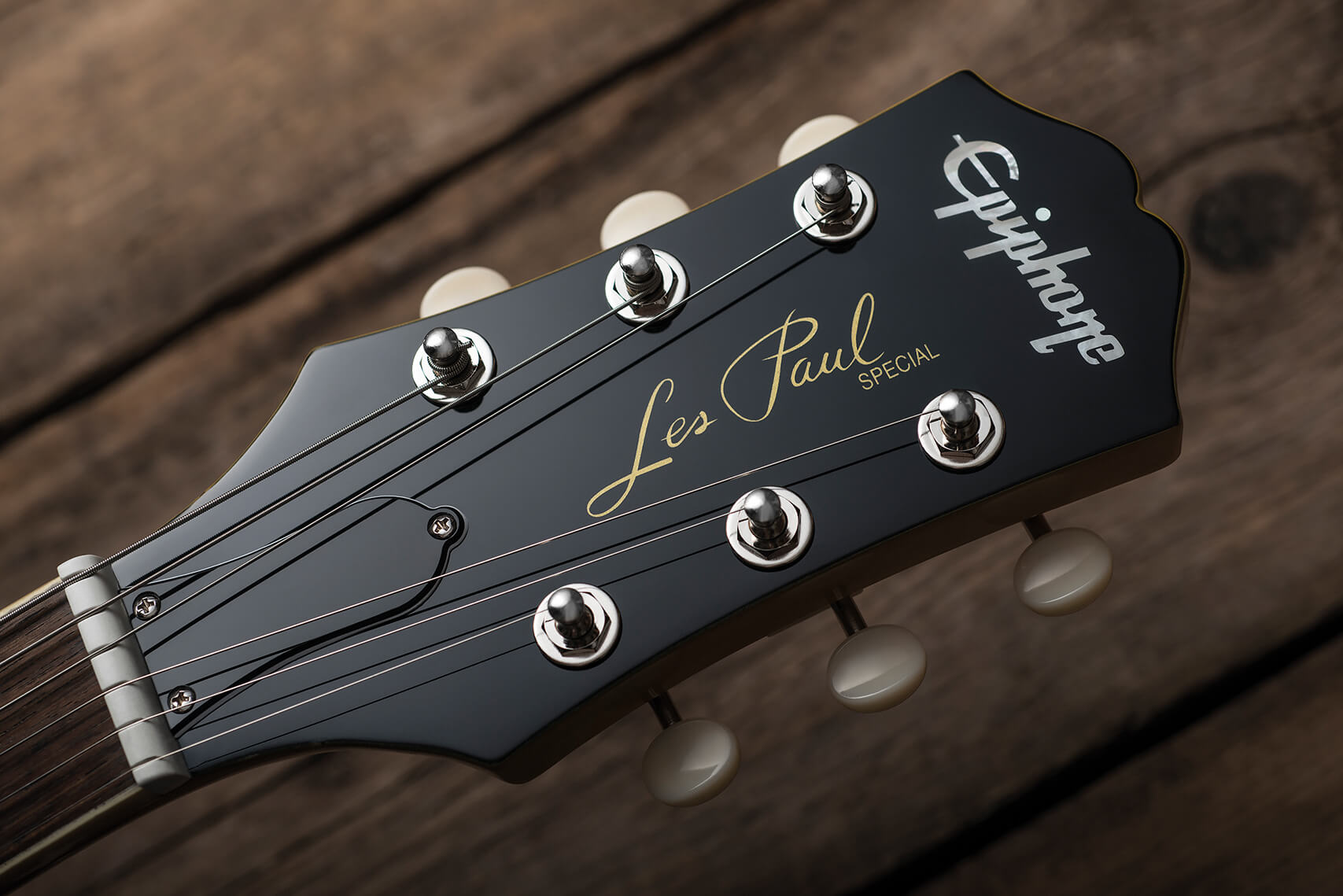
SG Standard
Alpine White makes for the most visually striking SGs and the very slightly off-white hue here really helps this Epiphone look the part. The Special’s pearloid marker dots look somewhat nondescript, but here we have something more convincingly pearl-like for the trapezoid inlays and headstock crown.
“The SG Standard is an absolute blast to play and a wild and thrilling ride”
Single-ring tulip buttons are fitted to the Deluxe tuners and the colour looks very good. The fretboard gets off-white binding too, but no fret nibs. As with the Special’s wrapover, the tailpiece is locked tight on its bolt rather than held in place merely by string tension, and there’s no tilt whatsoever.
This time the designers have opted for a flatter ‘D’ profile that’s described as a 60s Slim Taper. While the Les Paul Special’s neck gets close to vintage spec, on the SG Epiphone has absolutely nailed it.
Les Paul Standard 50s
Yet again, this is a serious stab at providing players with vintage looks and playing feel at an affordable price. You get subtle maple figuring under an attractively toned Heritage Cherry Sunburst finish, 50s-style narrow binding in the cutaway and a very substantial neck.
If you’re familiar with vintage Gibson profiles, the feel is far closer to the necks that left the factory in late 1957 and ’58 than the more refined profiles of 1959. If you’re looking for something slimmer then that’s where the Les Paul Standard 60s comes in.
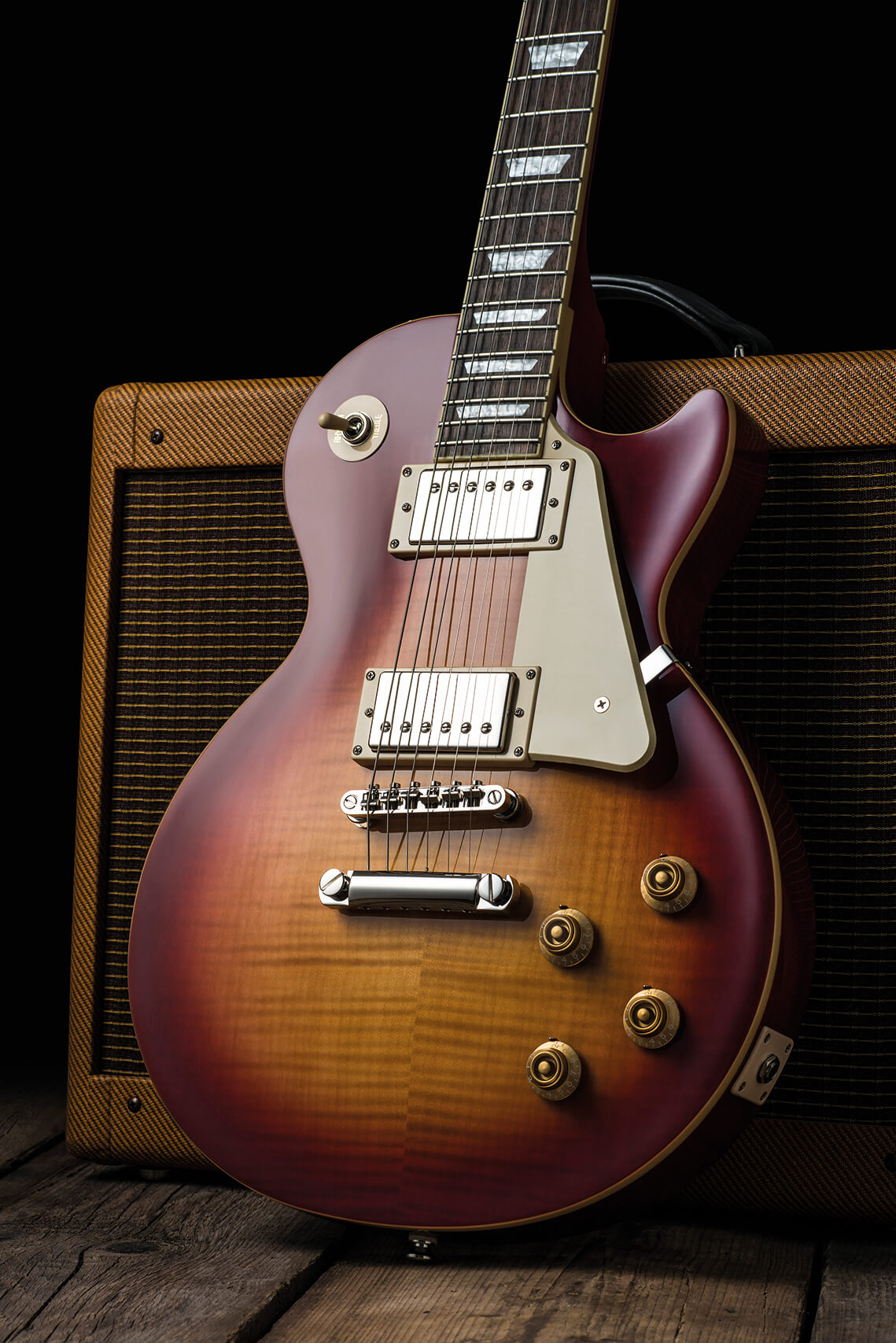
The body is made from multiple pieces of mahogany, but you can only see join lines on the sides, because they’re hidden beneath a body-sized sheet of mahogany veneer. Impressively, the mahogany neck is set into the body with a long tenon joint – a desirable vintage feature you won’t even find on some USA-made Gibsons.
The Standard comes equipped with Epiphone’s ProBucker humbuckers and they’re made with 18 per cent nickel silver bases and covers just like early PAFs. The bobbins are the same shape and size as Gibson units and the ProBuckers also feature sand-cast alnico II magnets with vacuum wax potted coils and four-conductor wire.
In use
Time to plug in, and we turn first to the most affordable guitar of the three. Straight off the bat, the Special’s P-90 Pro soapbars have more late- than early-50s treble characteristics, but the extra cut is no bad thing. They also capture the effortless sustain, harmonic complexity and tonal balance we hear unplugged.
It’s one of those guitars you have to force yourself to put down because it sounds wonderful and has no discernible compromises. If you don’t like fat necks, you probably won’t like this one, but we find its playability hard to fault and overall, we’re blown away.
“These guitars are so good they’re in danger of cannibalising sales from the more affordable end of the Gibson line”
With its growl, chime, snarl, jazzy cleans and quacking country tones, there’s nothing more you could want from a TV Special. When you factor in the remarkably affordable price, it’s a strong early contender for 2020’s Gear Of The Year awards.
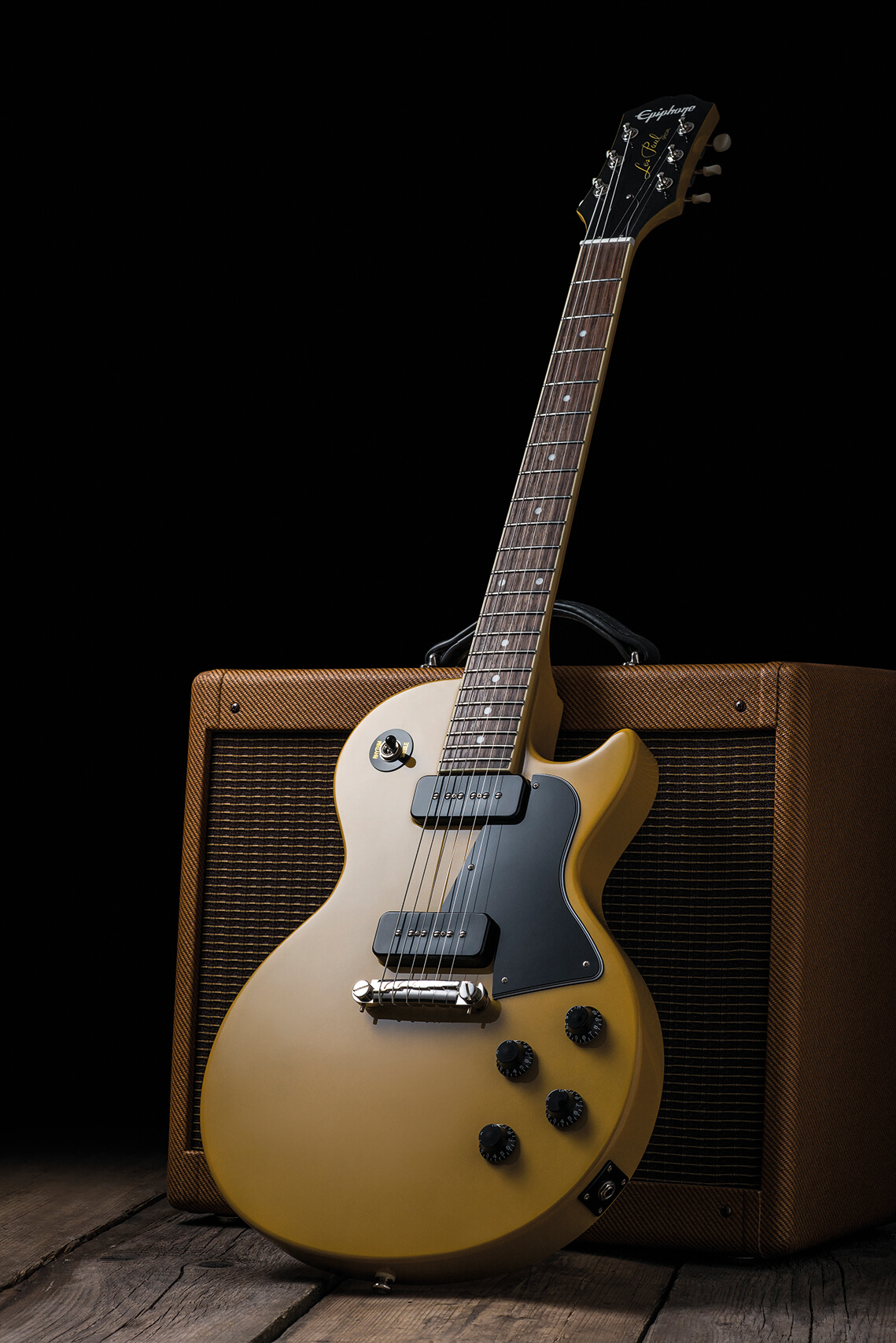
The SG is every bit as resonant as the Special, but the lighter weight and different bridge configuration make it livelier, brighter and quicker to respond. The Alnico Classic Pro humbuckers have real grunt and can easily overdrive an amp, but the brightness and clarity demonstrate that they’re not overwound and plenty of bite and note articulation is retained.
To really nail that mid-late 60s SG tone, we would like a touch more girth in the mids and maybe softer treble, but we’re able to get into the ballpark with some amp tweaking. Although this SG doesn’t quite have the velvety woodiness of the very finest examples of the breed, it’s still an absolute blast to play and a rather wild and thrilling ride.
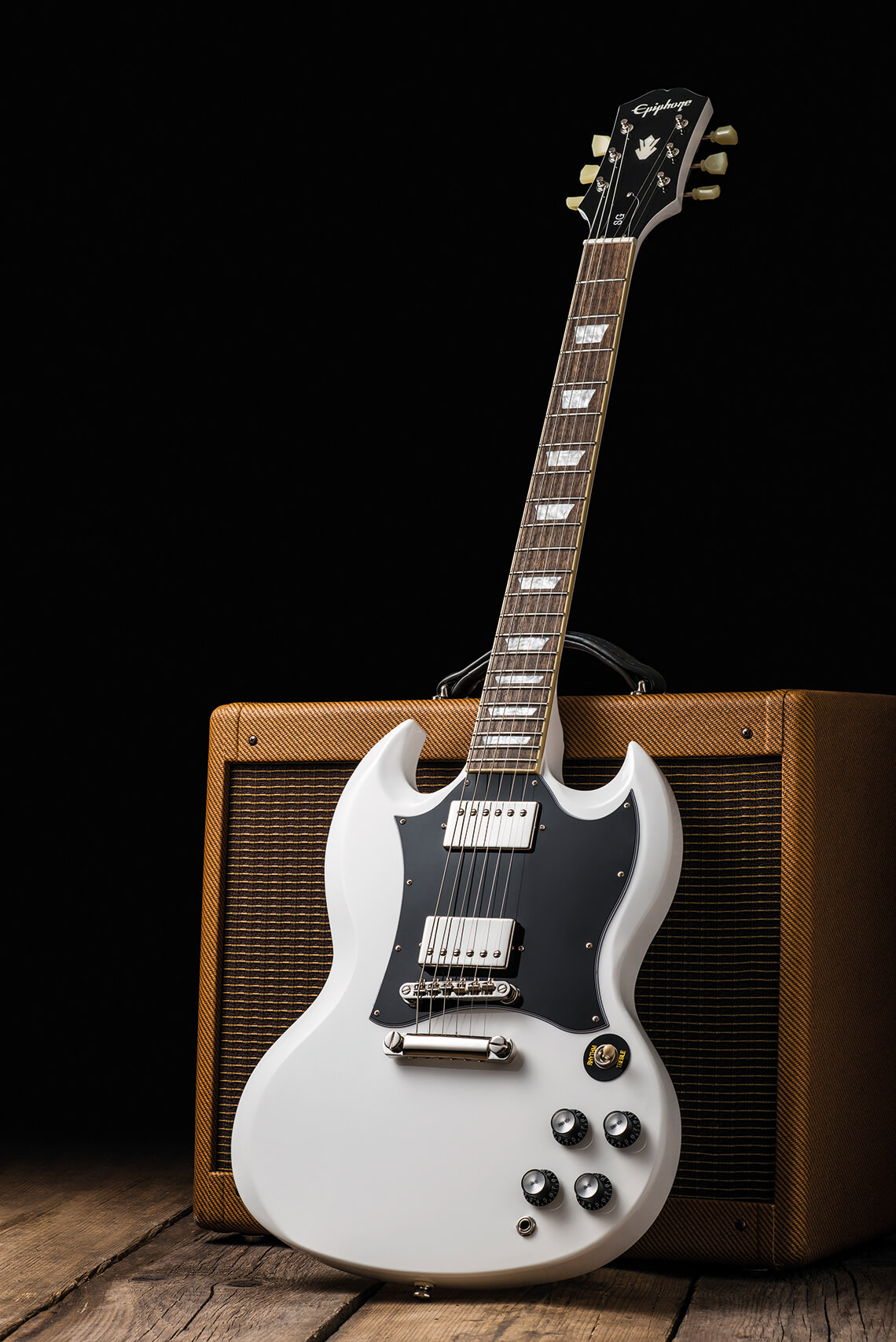
Given the sheer amount of these things that Gibson has sold over the years, any major update to the Epiphone Les Paul Standard must be a big deal for the company. And the good news is that the third guitar of our power-trio is as impressive as its siblings when plugged in.
“The qualities we associate with vintage PAFs are very much in evidence here”
We’ve often noted that vintage Les Pauls are incredibly versatile guitars, but some modern Lesters can be frustrating one trick ponies if their pickups aren’t up to it. The reality is that few modern PAF-style pickups are, and this is why the ProBuckers are so damn impressive. In fact, we actually pull them out of the body to check that a set of top-dollar units hasn’t been fitted by mistake.
The qualities we associate with vintage PAFs are very much in evidence here and the ProBuckers prove to be a little more vocal and articulate than the SG’s Alnico Classic Pros. The ProBuckers are sensitive, clear and in no way deficient in treble response – and just like genuine PAFs, when an overdriven amp is dialled in for the neck pickup, the bridge benefits from having its tone control rolled back slightly.
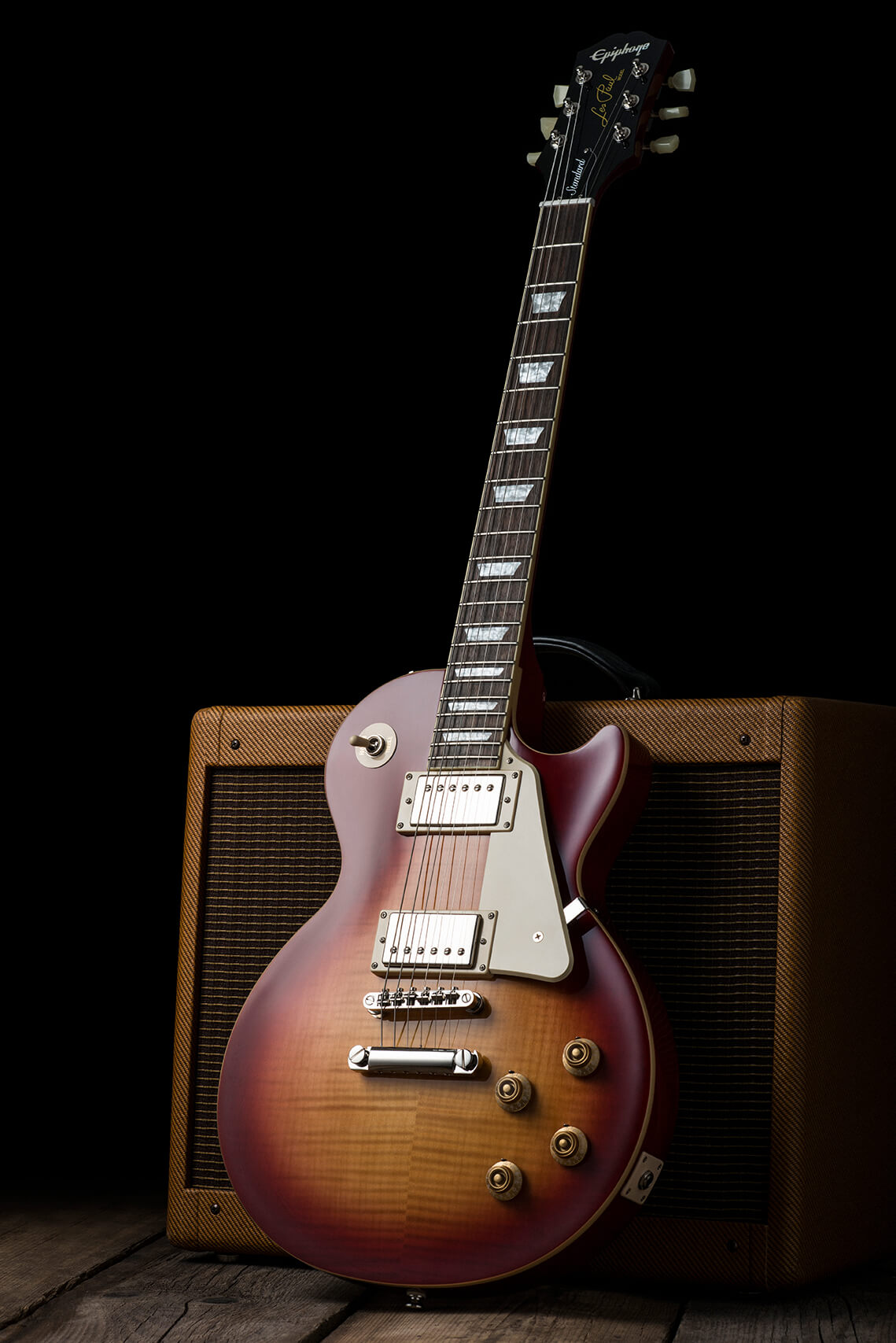
Sustain and fatness abound, but the tone controls work much like those of vintage LP Standards, with very little loss of clarity when you turn the volume down and no disappearing B and E strings when the tone controls are rolled back fully. By any measure this is an impressive 1950s-inspired Les Paul, and you will struggle to find anything better at this price.
Nobody can see the front of a headstock when they’re playing a guitar and strictly in terms of feel and vibe, the new generation of Epiphone instruments is uncannily Gibson-like. In fact, these guitars are so good they’re in danger of cannibalising sales from the more affordable end of the Gibson USA line – we even prefer the binding Epiphone is using here to the tangerine stuff we see on so many Gibsons.
Where there are compromises, they’re largely cosmetic or easily rectifiable – for instance, if truss-rod cover bevels and textured plastic bother you, or if you must have 50s-style wiring. But regardless, with improved binding scraping and fret-end dressing, all three of our review guitars would come very close to scoring perfect 10s.
Key Features
Les Paul Special: 9/10 (Editor’s Choice)
- PRICE £349
- DESCRIPTION Solidbody electric guitar, made in China
- BUILD Solid mahogany body, set mahogany neck with ‘Vintage 50s’ profile, bound Indian laurel fretboard with 12” radius, pearloid dot markers, 22 medium-jumbo frets, Graph Tech nut
- HARDWARE Lightning Bar wrapover bridge, Epiphone Vintage Deluxe 18:1 tuners with ‘ivory’ buttons
- ELECTRONICS 2x P-90 Pro soapbar pickups, 2x volume and tone controls, 3-way toggle pickup selector
- SCALE LENGTH 24.75”/628.7mm
- NECK WIDTH 42.5mm at nut, 53.4mm at 12th fret
- NECK DEPTH 23.1mm at first fret, 26.1mm at 12th fret
- STRING SPACING 34.6mm at nut, 50.5mm at bridge
- WEIGHT 7.67lb/3.48kg
- FINISH TV Yellow only
- LEFT-HANDERS No
- VERDICT For looks, playability, tone and sheer vintage vibe, this is the no-brainer purchase of the year so far
SG Standard: 9/10 (Editor’s Choice)
- PRICE £399
- DESCRIPTION Solidbody electric guitar, made in China
- BUILD Solid mahogany body, set mahogany neck with ‘60s Slim Taper’ profile, bound Indian laurel fretboard with 12” radius, pearloid trapezoid inlays, 22 medium-jumbo frets, Graph Tech nut
- HARDWARE LockTone ABR Tune-o-matic bridge, stopbar tailpiece, Epiphone Vintage Deluxe 18:1 tuners
- ELECTRONICS 2x Alnico Classic Pro humbucking pickups, 2x volume and tone controls, 3-way toggle pickup selector
- SCALE LENGTH 24.75”/628.7mm
- NECK WIDTH 43mm at nut, 53.5mm at 12th fret
- NECK DEPTH 21.1mm at first fret, 22.6mm at 12th fret
- STRING SPACING 34.9mm at nut, 51.7mm at bridge
- WEIGHT 7.38lb/3.35kg
- FINISH Alpine White (as reviewed), Ebony, Heritage Cherry
- LEFT-HANDERS No
- VERDICT Captures the feel of a mid-60s Gibson SG and delivers on tone, too
Les Paul Standard 50s: 9/10 (Editor’s Choice)
- PRICE £549
- DESCRIPTION Solidbody electric guitar, made in China
- BUILD Solid mahogany body with maple cap and cream binding, long tenon set mahogany neck, bound Indian laurel fretboard with 12” radius, pearloid trapezoid inlays, 22 medium-jumbo frets, Graph Tech nut
- HARDWARE LockTone ABR Tune-o-matic bridge, stopbar tailpiece, Epiphone Vintage Deluxe 18:1 tuners
- ELECTRONICS ProBucker-2 (neck) & ProBucker-3 (bridge) humbucking pickups, 2x volume and tone controls, 3-way toggle pickup selector
- SCALE LENGTH 24.75”/628.7mm
- NECK WIDTH 42.6mm at nut, 53.6mm at 12th fret
- NECK DEPTH 22.8mm at first fret, 26.2mm at 12th fret
- STRING SPACING 35mm at nut, 51mm at bridge
- WEIGHT 9.39lb/4.26kg
- b Heritage Cherry Sunburst (as reviewed), Metallic Gold, Vintage Sunburst
- LEFT-HANDERS No
- VERDICT A successful attempt to create an affordable Les Paul with 50s specs, but the pickups really steal the show
- CONTACT epiphone.com
Like this? Try these
Les Paul Special
- Harley Benton SC-450 P90 GT £125
- Vintage V132 Reissued £349
- Gordon Smith GS2 from £700
SG Standard
- Vintage VS6 Reissued £379
- Yamaha Revstar RS320 £299
- ESP LTD Viper-256 £383
Les Paul Standard 50s
- PRS SE 245 Standard £475
- Tokai UALS48 AAA LD £499
- Eastman SB59 £1,599


